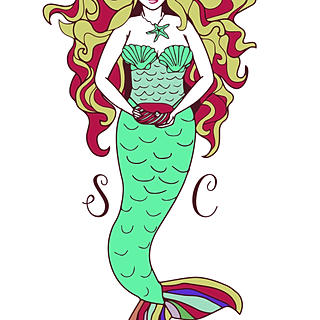The Importance of “framing” Part 5 – Getting it Wrong – The Challenger
- Bill Holmes
- Feb 21, 2020
- 3 min read

“After the Challenger accident, NASA put in a lot of time to improve the safety of the space shuttle to fix the things that had gone wrong.” Sally Ride
“In 1986, the space shuttle Challenger exploded and crashed down to Earth less than two minutes after takeoff. The cause of that crash, it turned out, was an inexpensive rubber O-ring in the booster rocket that had frozen on the launchpad the night before and failed catastrophically moments after takeoff.” David Autor
I can remember exactly where I was on January 28, 1986 when the Space Shuttle Challenger blew up shortly after takeoff. I was in college, but on this particular Tuesday I was working at the Piggly Wiggly grocery store stocking the shelves. This was before smart phones, so I got the news when the store manager announced it over the store speakers after having heard it on the radio.
I was stunned. I had always been a fan of the technological achievements of my country and going repeatedly to space seemed to be the ultimate expression of that achievement. To fail so spectacularly was almost inconceivable to me. The world was much sadder that day, and I felt an odd sense of disappointment with my country.
15 years later I was fortunate enough to be attending a class at Chapman University in the beautiful city of Orange, California. The class was a focused on the leadership lessons of the Challenger accident, and my eyes were opened.
Here is Wikipedia’s explanation of what occurred: The disintegration of the vehicle began after a joint in its right solid rocket booster (SRB) failed at liftoff. The failure was caused by the failure of O-ring seals used in the joint that were not designed to handle the unusually cold conditions that existed at this launch. The seals' failure caused a breach in the SRB joint, allowing pressurized burning gas from within the solid rocket motor to reach the outside and impinge upon the adjacent SRB aft field joint attachment hardware and external fuel tank. This led to the separation of the right-hand SRB's aft field joint attachment and the structural failure of the external tank. Aerodynamic forces broke up the orbiter.
Here is the most shocking thing I learned at Chapman University class. The accident was completely avoidable! Even more shocking, when you analyze the data, the correlation between the O-ring seals leaking and lower temperatures were undeniable and obvious. To make matters worse, some of the engineers were very vocal in saying that the risk of launching is such low temperatures was unacceptable.
Both the data and the expert’s opinion were ignored. Why?
The decision makers were looking at the issue through the wrong frame.
Their frame was focused on maintaining the schedule and public relations. That caused them to downplay safety issues and listen to experts with the wrong areas of expertise!
In the aftermath of the tragedy, the Rogers Commission investigated the accident. There were many findings, but in my opinion the core findings were about NASA culture and leadership decision making. Leadership was under tremendous pressure to keep the launch schedule, and there had already been several delays. While there were “official” rules, the pressure was so great that the known defects were ignored and problems not elevated. Furthermore, when the experts did offer their opinion they were ignored! Richard Feynman, a theoretical physicist who was on the Commission argued that “the estimates of reliability offered by NASA management were wildly unrealistic, differing as much as a thousand-fold from estimates of the working engineers.” His most telling quote was that “reality must take precedence over public relations, for nature cannot be fooled”.
I have seen this same phenomenon many times. You need to know who your “experts” are, and if they are credible you need to listen to them. And just because someone has a title, don’t assume they have the knowledge.
Your frame may be on public opinion and enhancing your career, but the rock doesn’t forgive and facts are facts.
What is your frame?
Coda
I broke from my normal pattern of leading with a funny meme for this post. This tragedy had an impact on many people of my generation, and almost all my peers can say where they were when the Challenger accident occurred. I wanted to honor the crew of the Challenger.









Comentarios